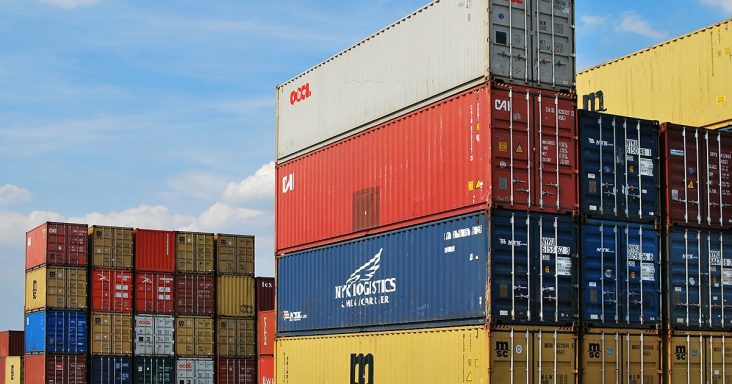NRF: Import cargo enters winter lull amid war-related disruptions
by January 9, 2024 1:36 pm 573 views

With a wrap on the holiday season, inbound cargo volume at the nation’s major container ports is expected to slow during the first quarter of 2024, according to a report from the National Retail Federation and Hackett Associates.
The Israel-Hamas war and ancillary conflicts have also created a disruption in import shipments.
“This is the traditional slowdown when the supply chain gets a break after the busy holiday season, but there’s always a new challenge on the horizon,” NRF Vice President for Supply Chain and Customs Policy Jonathan Gold said. “Attacks on cargo ships in the Red Sea have been in the headlines, and the disruptions caused by those attacks have once again created volatility in retail supply chains. Retailers are working with their carrier partners on mitigation strategies to limit the impact, but we are seeing longer transit times and increased costs.”
Hackett Associates Founder Ben Hackett said any effect from the Red Sea attacks would most likely be at East Coast ports. He added that most cargo headed to the East Coast from Asia comes across the Pacific via the Panama Canal. However, some cargo goes through the Red Sea before crossing the Atlantic, which now has carriers going around the Cape of Good Hope to avoid the attacks. He said the longer shipping route adds five or six days to the month-long trip from Shanghai to Savannah via the Suez Canal. Hackett said some retailers are reporting delays of as long as two weeks.
“The number of containers arriving at East Coast ports should not be directly affected if carriers add ships to maintain capacity, but shippers will have to adjust their supply chains to cope with longer transit times,” Hackett said. “We may see an increase of Asian cargo arriving at West Coast ports and then shipped east via intermodal rail, but doing so is costly and does not save that much time. As might be expected, carriers are passing on the additional voyage costs and then some.”
U.S. ports handled 1.89 million containers in November, the latest month for which final numbers are available. Volume was down 8% from 2.06 million units in October, which was the busiest month of the year and the peak of the fall shipping season, but up 6.6% from November 2022, Hackett reported.
Hackett projected the December cargo at 1.89 million container units, up 9% year over year. That would bring 2023 to 22.3 million containers, down 12.8% from 2022. Imports during 2022 totaled 25.5 million containers, down 1.3% from the annual record of 25.8 million units set in 2021.
Following is the early 2024 import forecast from Hackett. The percentages are changes from the same month in 2023.
• January: 1.92 million units, up 6.1%
• February: 1.76 million units, up 13.8%
• March: 1.7 million units, up 4.7%
• April: 1.79 million units, 0.2%
• May: at 1.92 million units, down 0.8%
